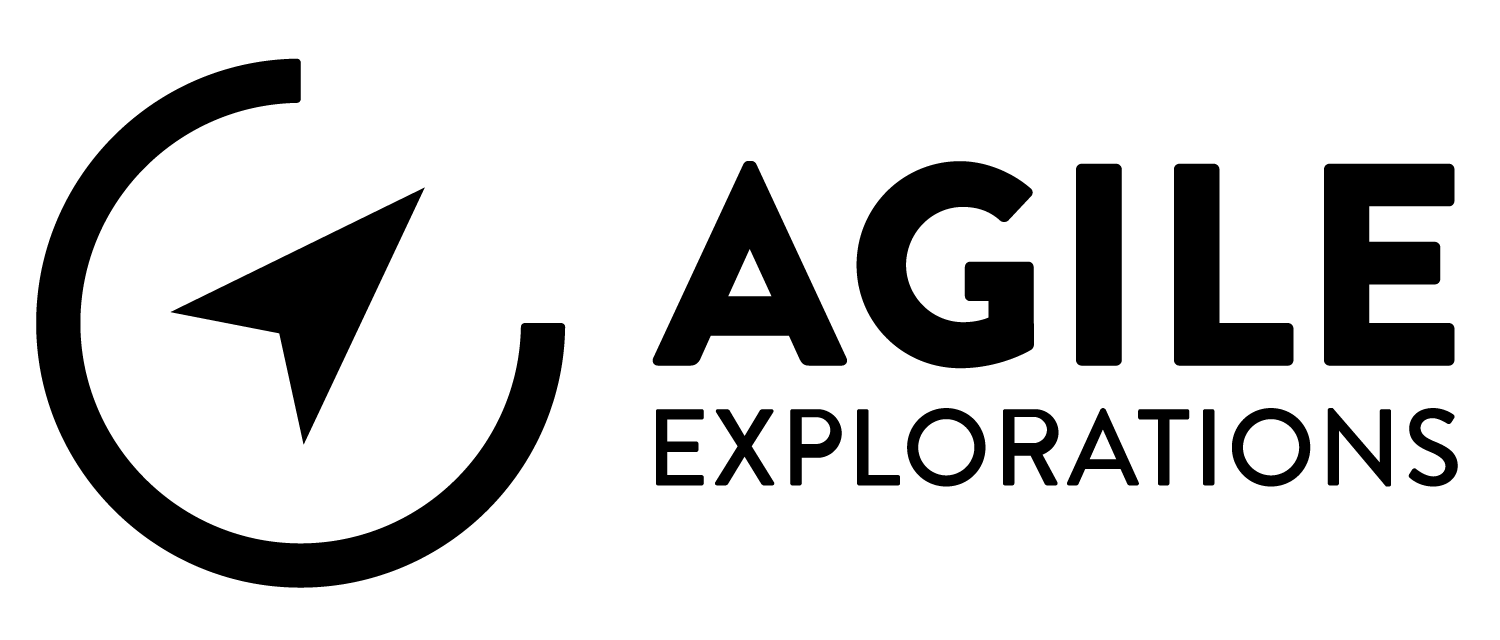Complexity Informed Premortems: And The Impact On Optimism

The Proposal
We are complex beings, working on complex teams, in a complex world—which can be a challenge. Complexity often brings with it volatility, uncertainty and ambiguity. But by leveraging knowledge of the way that complex systems often go awry we can improve our management of risks with premortems. And, as it turns out, thoughtfully imagining all the ways that the upcoming project can go wrong can significantly improve the teams’ optimism about their ultimate success.
Premortems aren’t new. Gary Klein wrote about them in the Harvard Business Review in 2007. Prior to writing the article, he field tested them in a number of contexts. In addition, the technique is based on research conducted in 1989 demonstrating that prospective hindsight — imagining that something has already happened — improved the likelihood that folks would correctly identify the reasons for future outcomes by 30%.
The part that is new, and not yet field tested, is the addition of complexity-informed prompts to help the participants identify potential risks. Complexity science provides a rich model for how human organizations function, including a number of hazards that we often fail to consider.
The Process
- Gather the team into a room: Be inclusive of folks outside the team, where appropriate. The more perspectives, the better the results — as long as everyone feels comfortable to speak their minds.
- Ask the group to imagine that we are at the end of the project: They have implemented the plan as it currently exists, and the outcome was a disaster. Then give the team 10 minutes to write down all the ways the project might have gone off the rails.
- Give the group some of the complexity-informed prompts listed below: (Or prompts of your own devising). Offer the prompts one at a time. After each prompt, give the group another 5 minutes to write down their ideas. Ask the participants to be as specific as possible about the nature of the problem.
- Gather the ideas, grouping similar ideas together: This can be done a variety of ways. The facilitator might go around the table, asking each participant to read one of their ideas aloud until all the ideas have been read, capturing and grouping the ideas on a whiteboard/flip chart/screen. Or, the participants might write their ideas on sticky notes and collaboratively group the ideas themselves.
- Prioritize the ideas by magnitude of risk: Risk can be thought of as the product of probability and loss (probability x loss). But in most cases, the team will struggle to come up with probability and loss numbers, and will be pure guesswork if they do. It may be just as effective, and much simpler, to crowdsource the ranking. Dot-voting would be one common way to accomplish this.
During the premortem meeting, or in a meeting that follows soon after, devise a plan for addressing the top risks. It’s important for team morale for these risks to be addressed quickly, effectively, and visibly. Give special attention to any risks that will unquestionably kill the project, digging into them as quickly as possible. If you are going to fail, fail fast. Don’t waste your team’s time working on something that should have been scuttled before leaving the harbor.
Complexity-Informed Prompts
- Were there small things that ultimately became big problems — either small continuous irritations that precipitated much bigger problems, or small events that initially seemed unimportant?
- Were there things that we thought were true at the start but which turned out to be false? Were there things that became false over the course of the project?
- Were there problems arising from internal or external interactions?
- Was there a set of issues, each of which could have been managed by itself, but taken together ended up pushing the project over the edge?
- Were there environmental issues (within the larger organization, the market sector, the economy) that caused the project to fail?
- Were there issues with the quantity, quality, or reception of information going into or out of the team?
- Were the larger goals of the project clear at the beginning, and clearly communicated to the team as they changed?
- Were the incentives for all participants, within the team and without, aligned with the goals of the project?
- Were there issues with standard work practices inside or outside the team?
- Was it necessary to change standard work practices, and was adequate time/energy/focus provided for that to be successful?
Discussion
According to Daniel Kahneman — Nobel Prize winning psychologist, researcher on the frontiers of judgement and decision making, and author of the book Thinking Fast and Slow — we humans are often delusionally optimistic about our ability to succeed. We perceive the environment around us to be more favorable, our abilities to be more significant, our goals to be more achievable, and our ability to predict outcomes to be more accurate than any objective assessment would indicate. According to Kahneman, these delusions are so extensive, consistent, and pervasive that this optimistic bias has a greater impact on our decision making than all the other known cognitive biases (of which there are many).
What’s more, he believes that there is very little that we, as individuals, can do to overcome it. The bias is innate. Probably the result of millennia of evolution, which, over time, has favored the less timid. But the fact that delusional optimism has, on average, worked out well for the species doesn’t mean that an individual adventurer wouldn’t benefit from simple tools to help them assess the situation before charging, spear in hand, into the cave bear’s den.
Kahneman suggests two such tools. The first is to seek the opinions of others. Just as we can’t help being delusionally optimistic about our own adventures, we also can’t help being skeptical of the adventures of others. Find someone whose opinion you trust, tell them what you plan to do, and then listen to them.
The other tool he mentions is premortems.
In addition to helping project leaders overcome their optimistic bias, premortems help the team to overcome groupthink. As the leader tips their hand about the direction they think the project should go, doubts about the wisdom of the plan start getting suppressed. Often, doubters start being treated as if they are unloyal, lack a “can-do” attitude, or aren’t “team players”. Premortems, however, legitimize doubts. For the brief period of the premortem, the group’s goal is to find flaws in the plan, and the team frequently attacks it with considerable zeal.
In order to give that zeal some focus and make the team more effective at identifying hazards, a complexity-informed premortem presents the participants with a set of complexity-informed prompts. Our projects are executed by, and occur within the context of, complex adaptive systems. The team is composed of complex individuals interacting in complex ways, and it operates within the context of multiple nested complex environments (the division, the company, the market sector, national and global economies, etc.).
Each of these nested environments exert adaptive pressures affecting the team. In fact, the proposed project that is the subject of your premortem is undoubtedly a response to these external pressures — competitors, market shifts, sales opportunities, and the like. Adding complexity-informed prompts to the premortem helps us to see ourselves as actors in this shifting and interconnected ocean, enabling us to better see the hazards that we face.
Can Premortems Bolster the Team’s Optimism?
Unless and until your team embraces the project as their own, they will naturally be pessimistic outsiders — and exactly what you want during the premortem. Looking at the project through a critical lens will surface hazards that you probably wouldn’t have seen otherwise. But once you and your team are committed to the project, what you really want is unbridled optimism.
Tali Sharot — professor of cognitive science at University College London — claims that controlled experiments have demonstrated that optimism not only correlates with success, it leads to success (it’s worth watching her Ted Talk). Optimism reduces stress and anxiety, making us feel lighter and happier. It also makes us work with greater joy, work harder, and be more productive and focused.
While it may be counterintuitive, giving the team an hour or two to express their concerns about a project can make them more optimistic. The contributions of the participants, of course, need to be received openly and gratefully, and the project must be altered to address the concerns. If you can do that, and still end up with a project that is both feasible and compelling, then you’ll have greater team ownership, and that sense of ownership will tend to engage their natural optimistic bias.
